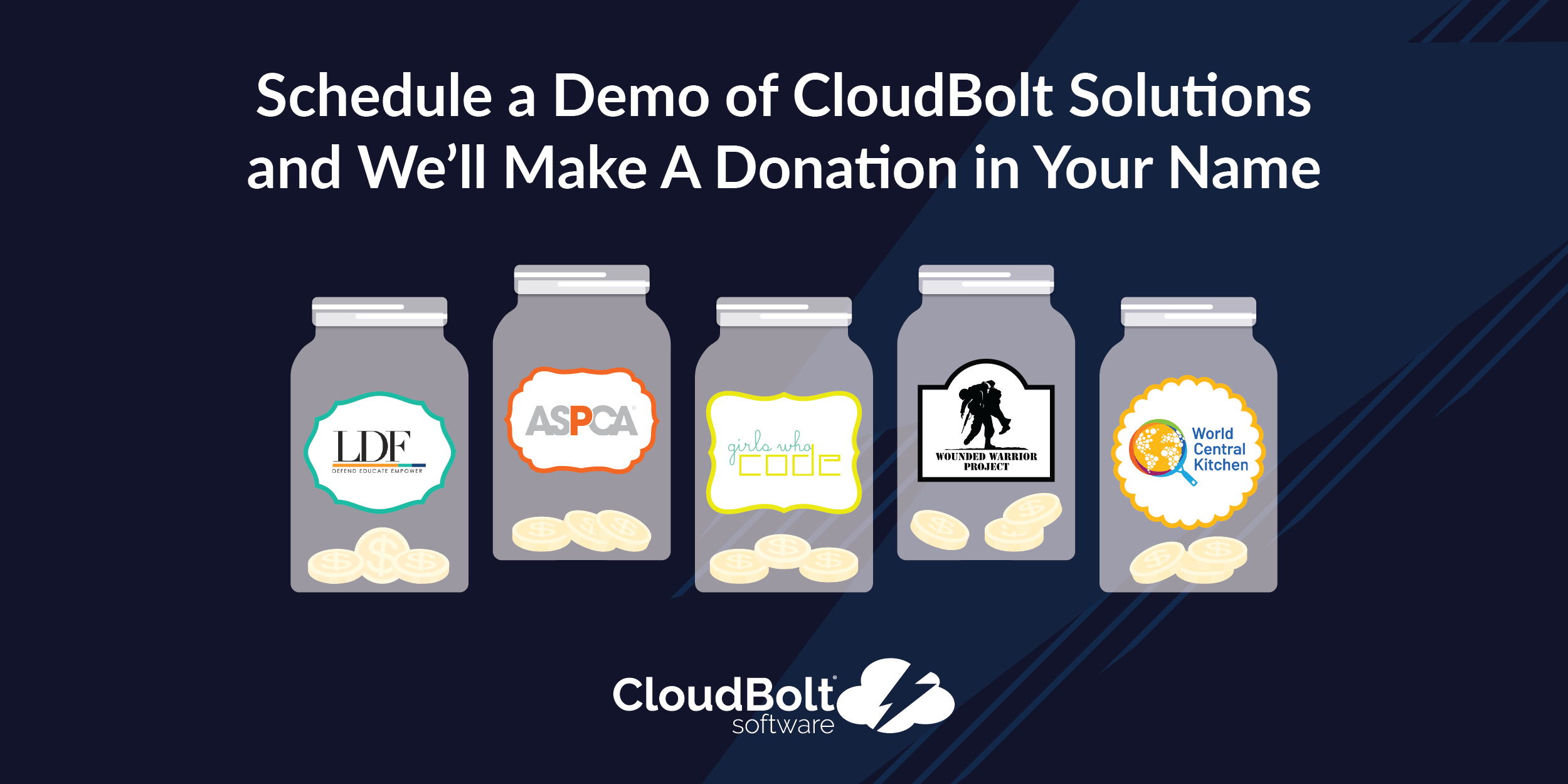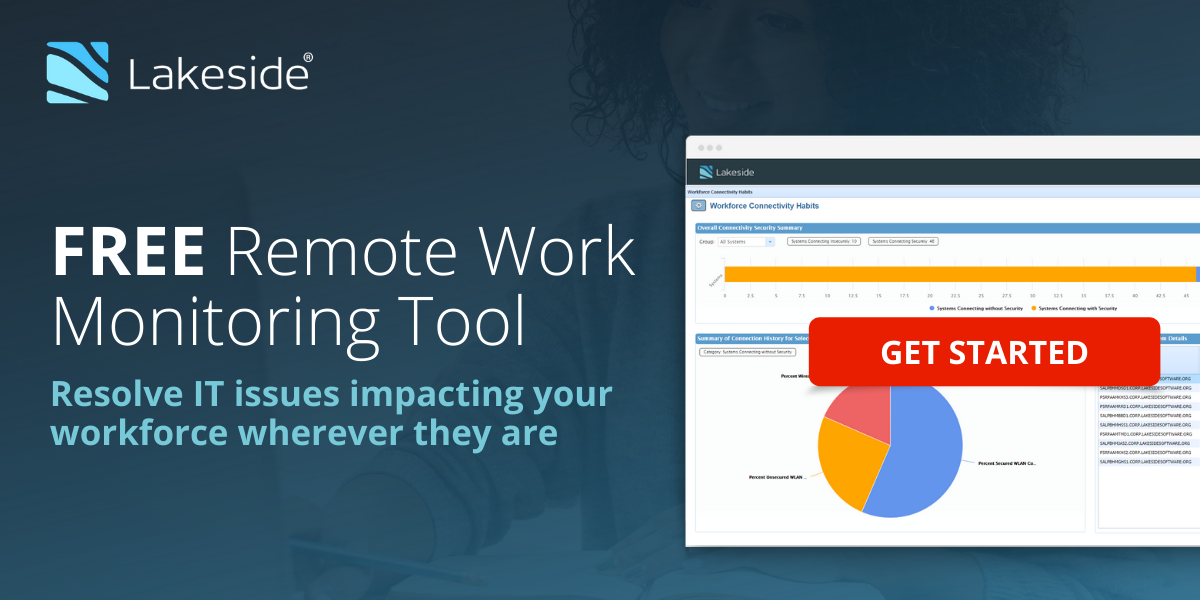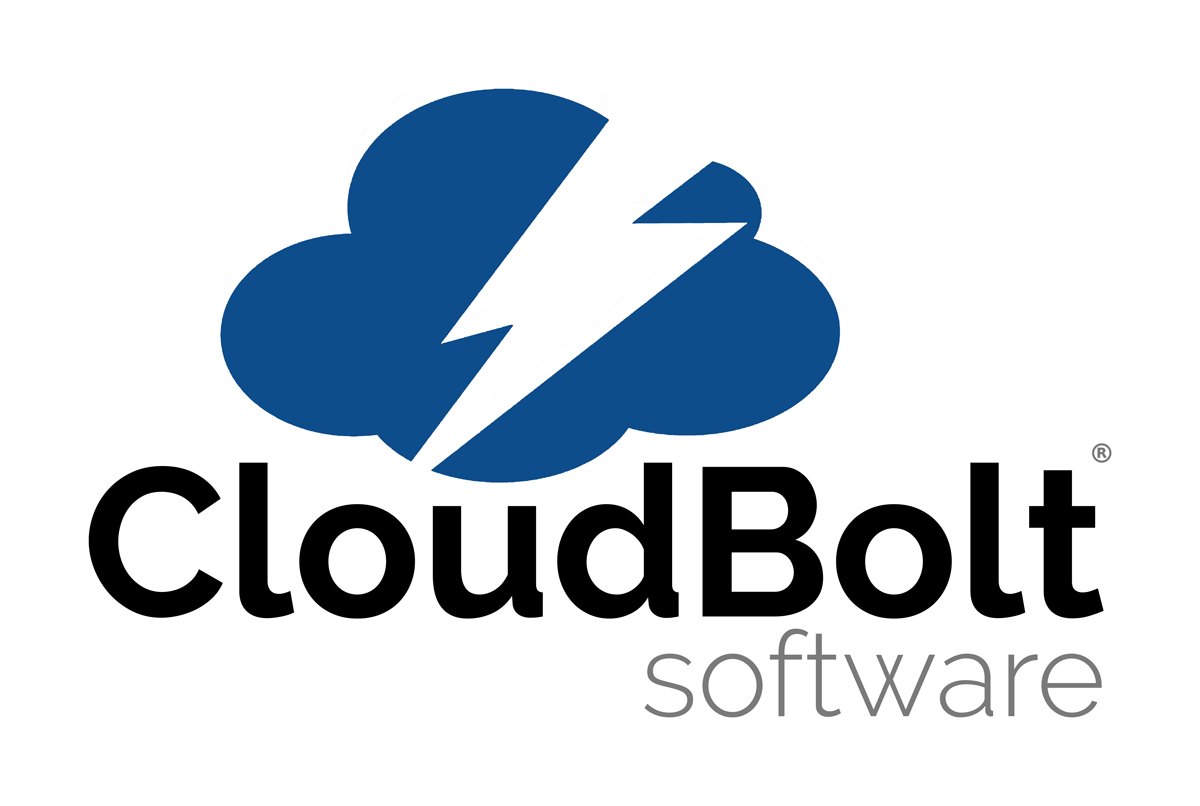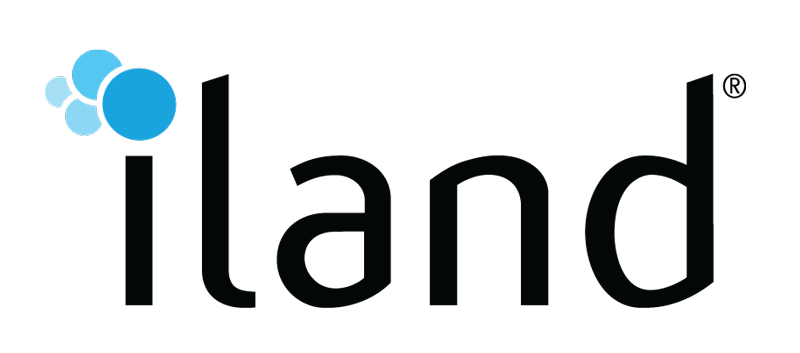VMblog: A recent change in our world has been a shift to working from home. What are your thoughts on this? And how has it changed things for your company both internally and externally?
Blair Parkhill: Virtualization and Cloud infrastructures have really paved the road for a much stronger adaptation to recent remote working changes due to COVID-19. However, how we use the infrastructures we've built has changed... A LOT. We've basically had to ditch our on-prem strategies and make everything accessible from outside in a secure, reliable, and speedy way. To accommodate this, there will be a lot more change that is already on our plates, and quickly acting on it is critical.
VMblog: Can you give us the high-level rundown of your company's technology offerings?
Parkhill: With so much change happening so quickly, how do you ensure what you're going to release to production won't break your workforce productivity. Basically, Login VSI offers tools that allow our synthetic users to test pre-production workspace virtualization releases and post-production continuous testing. Test your new image to make sure the latest Win 10 release didn't break your apps. Or test your new image at scale to make sure it doesn't overrun your infrastructure or slow down. Or even test continuously from remote points to get an early warning on production workspaces becoming unavailable or slowing down.
VMblog: Talking about your product solutions, can you give readers a few examples of how your offerings are unique? What are your differentiators?
Parkhill: We help customers understand what their users are experiencing. With so much change, the last thing they need is more barriers to productivity. Login VSI gives customers a way to test their rapidly adapting virtual desktop infrastructure and find issues before those users are impacted through Acceptance and Load Testing. The platform can also continuously test from multiple locations to let customers know when and where poor user experience is detected.
VMblog: For those individuals attending the VMworld 2020 digital event, or those who have attended VMworld in the past, why should they be interested in your company and solutions?
Parkhill: Because we have answers to questions, nobody else has the answers. Will my line-of-business apps work after updating my Win 10 version? Will the hardware or cloud gear support the volume of users I plan to support with a given machine after a change? When will the performance of my production apps slow down enough to impact my users? When will my production workspaces become unavailable to my users?
VMblog: Normally, VMworld is the time of year that people in this industry announce a new product or product update. Do you have anything new that you've recently announced or plan to announce? Can you give us the details?
Parkhill: We are announcing the release of Login Enterprise to the VMware/VMworld community. Login Enterprise is a single software platform based on a single virtual appliance that offers Application Acceptance Testing, Scalability and Benchmark Testing and Continuous Production Testing all from one place. This product is straightforward to use, can interact with almost every production application like a human user, and has a rich public API feature set. If you want to do anything I've talked about so far, download our virtual appliance and have it up and running in minutes.
VMblog: How does your company work with VMware? Where do you fit within the VMware ecosystem?
Parkhill: We have a very long relationship with VMware. Login VSI has been used to test Horizon reference architectures from every vendor - including VMware - in the EUC space to evaluate the performance and scalability of their solutions. VMware is also our customer who uses our tools internally and for production validation, and they are a great partner in the field.
VMblog: VMware will be covering things in their keynote, but what big changes do you see taking shape in the industry?
Parkhill: Be prepared to see a considerable balance of enterprise workforces continue to work remotely. Also, potentially see enterprises chase rural outsourcing domestically to drive down the cost of their workforce.

















